Top speed 547 km/h Length 15 m Number built 1,102 | Wingspan 20 m Engine type Air-cooled engine First flight August 1943 | |
Manufacturers | ||
Il2 1946 yokosuka p1y ginga
The Yokosuka P1Y Ginga (銀河, "Galaxy") was a twin-engine, land-based bomber developed for the Japanese Imperial Navy in World War II. It was the successor to the Mitsubishi G4M and given the Allied reporting name "Frances".
Contents
- Il2 1946 yokosuka p1y ginga
- War thunder yokosuka p1y ginga frances rb
- Design and development
- Operational history
- Survivors
- Operators
- Specifications P1Y1a
- References
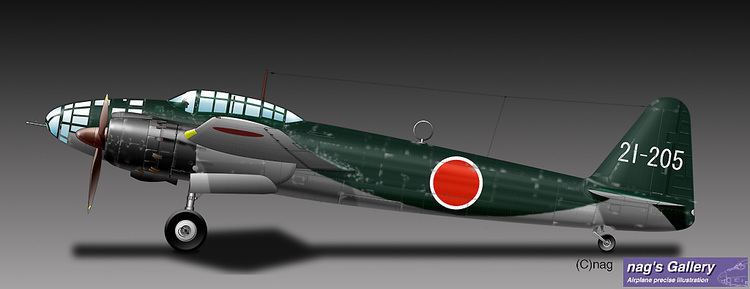
War thunder yokosuka p1y ginga frances rb
Design and development
The P1Y was designed by the Yokosuka Naval Air Technical Arsenal to Navy specification 15-Shi, calling for a fast bomber with speed matching the Zero, range matching the G4M, a 907 kg (2,000 lb) bombload, and the ability to dive-bomb as well as carry torpedoes. As the result, the construction suffered from excess complexity, difficulty of manufacture, and poor serviceability. Problems with the availability of enough reliable Nakajima Homare engines led to their replacement by the Mitsubishi Kasei in the P1Y2-S night-fighter version.
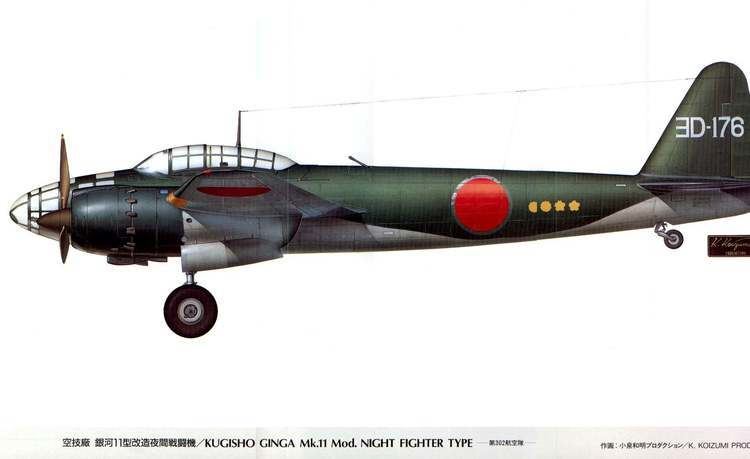
The streamlined design of the Ginga is attributed to Miki Tadanao, an engineer who, after World War II, went on to create a similar aerodynamic design for Japan's earliest `bullet trains` (Shinkansen), while working with the Japan National Railways (JNR).
Operational history
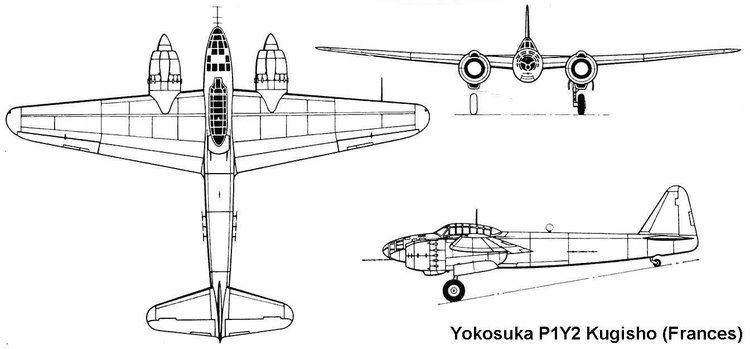
The first flight was in August 1943. Nakajima manufactured 1,002 examples, which were operated by five Kōkūtai (Air Groups), and acted as land-based medium and torpedo bombers from airfields in China, Taiwan, Marianas, Philippines, Ryukyu, Shikoku, and Kyūshū. During the last stages of the war the P1Y was utilized as a kamikaze aircraft against the United States Navy during the Okinawa Campaign in Operation Tan No. 2.
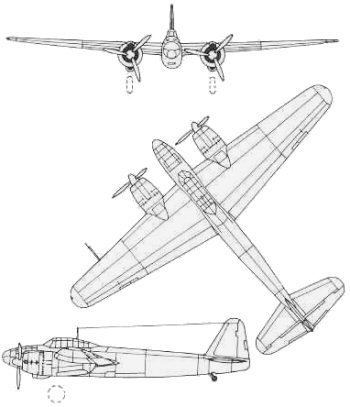
A night fighter version, the P1Y2-S Kyokko (極光, "Aurora"), with Mitsubishi Kasei engines, was equipped with radar and Schräge Musik-style upward-firing as well as forward-firing 20 mm cannon. A total of 96 were produced by Kawanishi, but due to inadequate high-altitude performance against B-29s, many were converted back to Ginga bombers.
Survivors
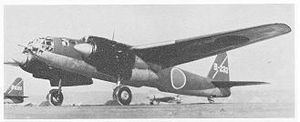
A P1Y1 survives at the Paul Garber Facility of the National Air and Space Museum. While the fuselage has only been photographed several times and can be found on the internet, the wings and engines of many artifacts are stored in a separate area and they most likely still exist. This was one of three P1Y's that were brought back to the United States after World War II for evaluation.
Operators
Specifications (P1Y1a)
Data from Japanese Aircraft of the Pacific War
General characteristics
Performance
Armament
